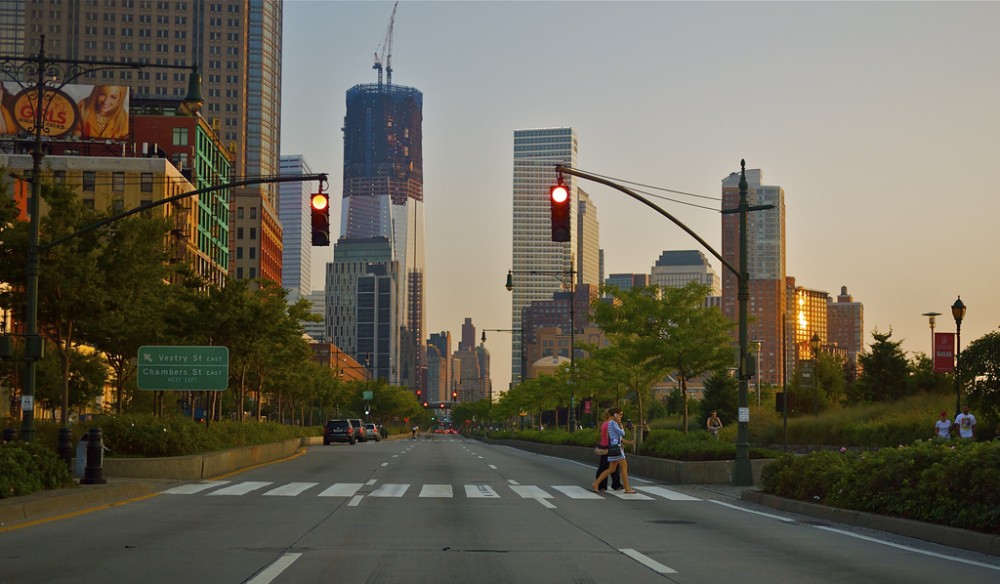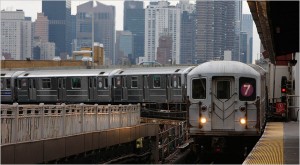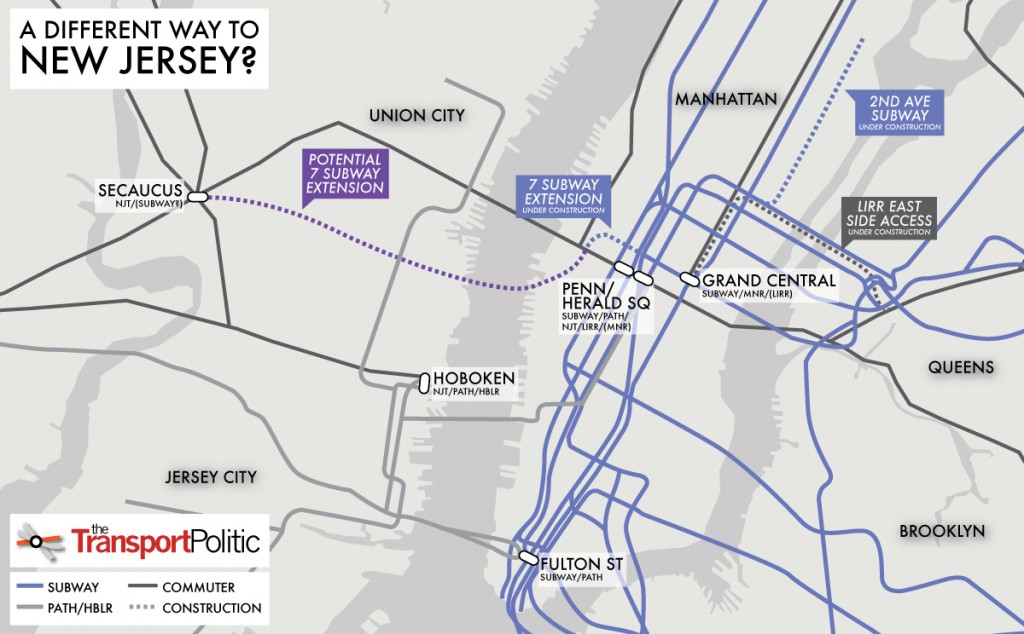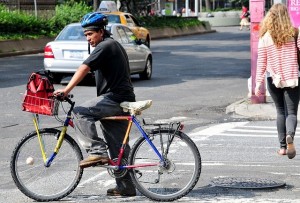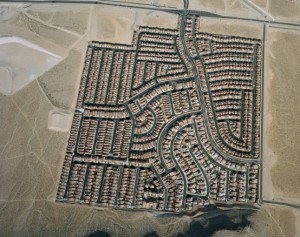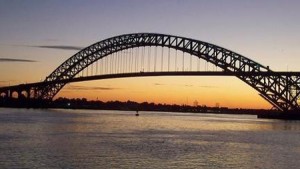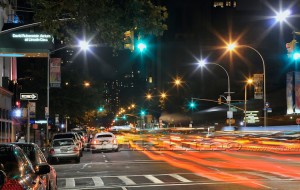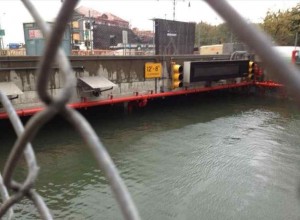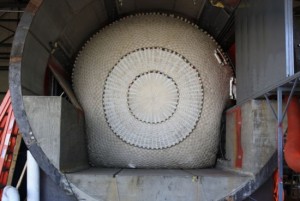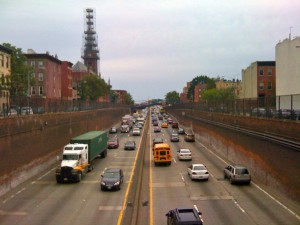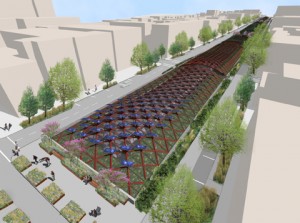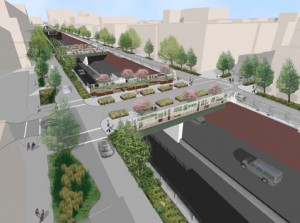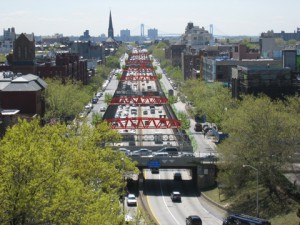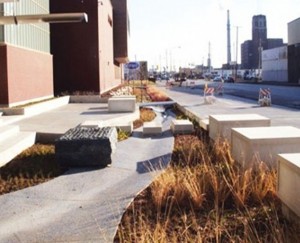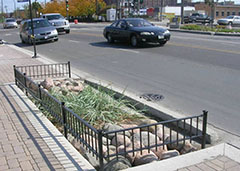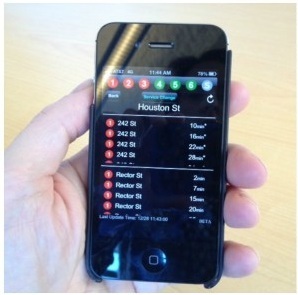 The Metropolitan Transportation Authority of New York City has unveiled a new Iphone App. This App gives you real-time train arrival information for selected routes of the New York City subway system. Knowing exactly when your train will arrive will reduce the time you spend waiting on the subway platform, and let you know of any service delays or reroutes before you pay a fare. It was released on September 28, 2012.
The Metropolitan Transportation Authority of New York City has unveiled a new Iphone App. This App gives you real-time train arrival information for selected routes of the New York City subway system. Knowing exactly when your train will arrive will reduce the time you spend waiting on the subway platform, and let you know of any service delays or reroutes before you pay a fare. It was released on September 28, 2012.
There is one catch with the app though, it only operates for seven lines; the 1, 2, 3, 4, 5, 6, and the 42nd street shuttle. The L Line will be added within year. Nevertheless, that is only a fraction of the system making this app useless for most people. NYC Transit President Tom Predergast said riders using the “lettered lines” will have to wait for their lines to be added to the app. use signaling technology that “remains little changed since a time before computers, microprocessors, wireless telephones or handheld electronic devices.” He said the system works to prevent collisions “but it cannot offer us a digital feed.”
Who knows what day that will be when all train lines are included in this app? It’s going to be a while because it’s all about the money. However, it is nice to use for those seven lines right now. I have used it and waited in a cafe until I had two minutes to catch the 5 train.
